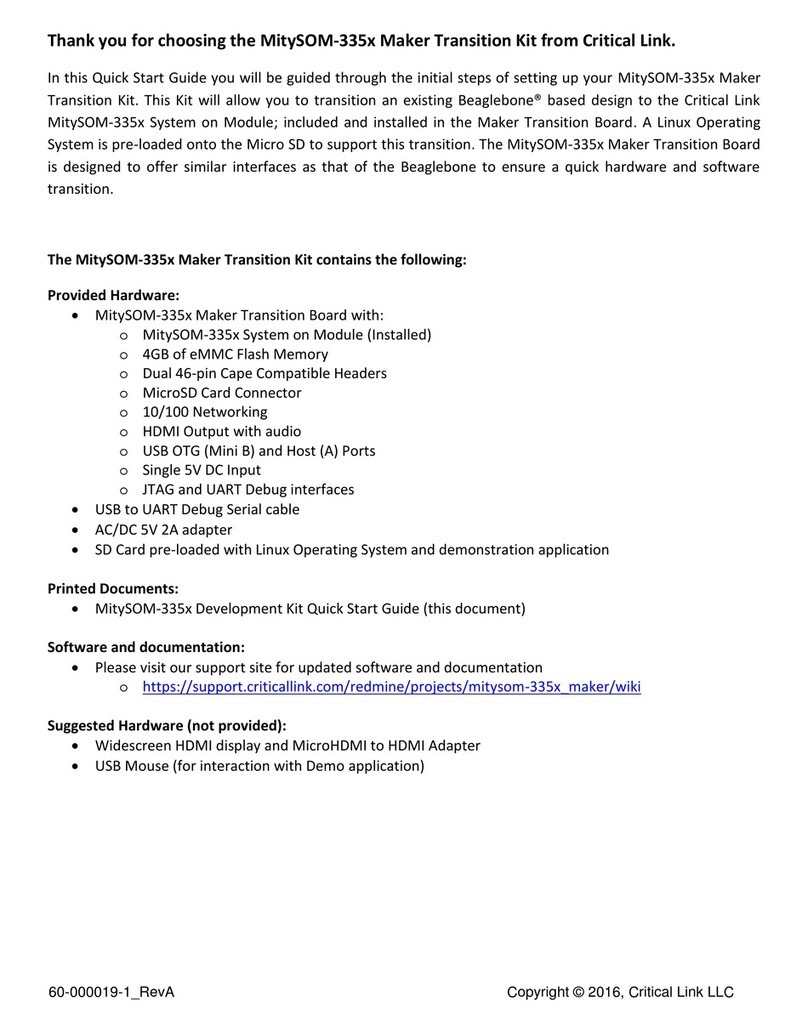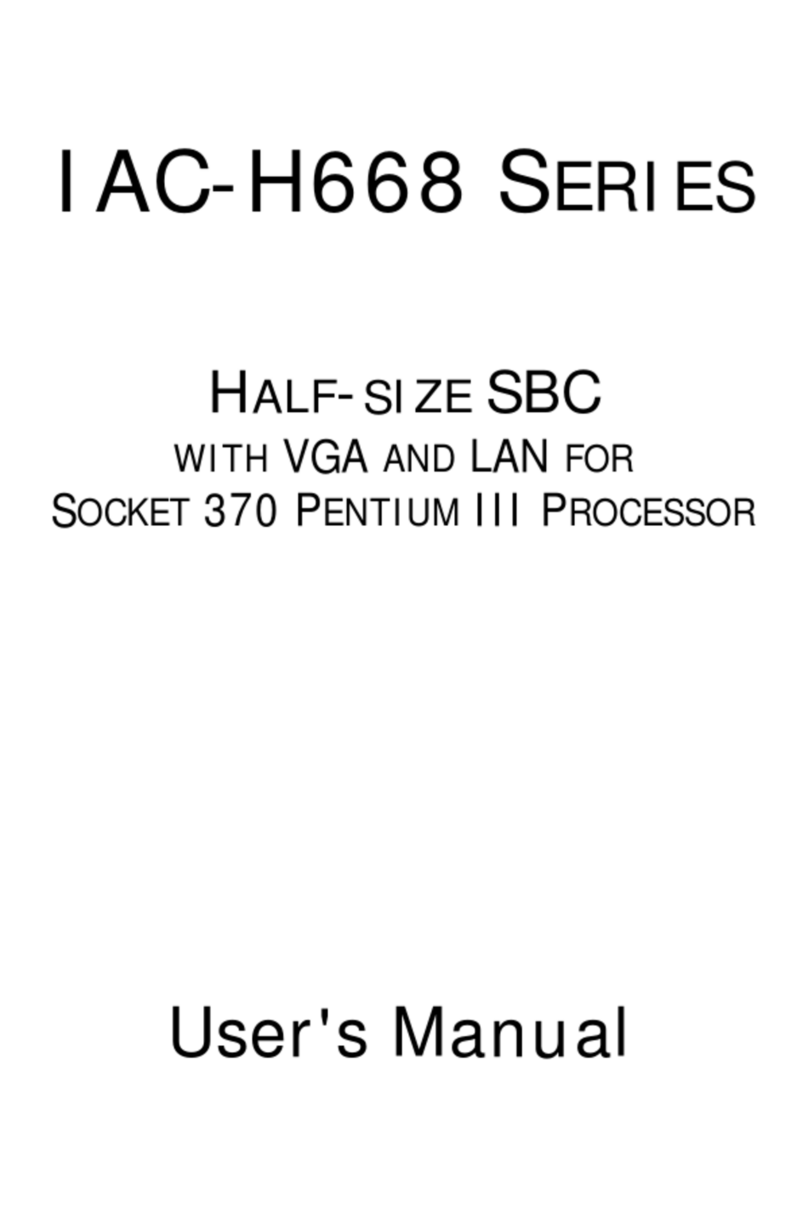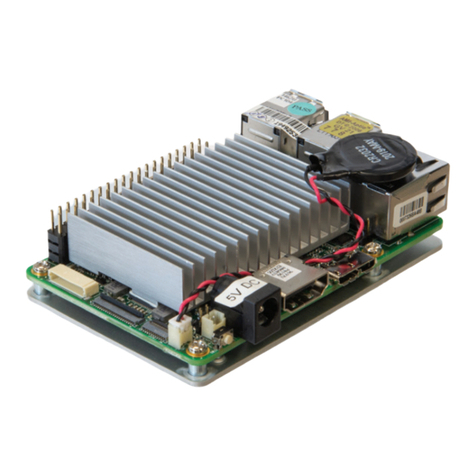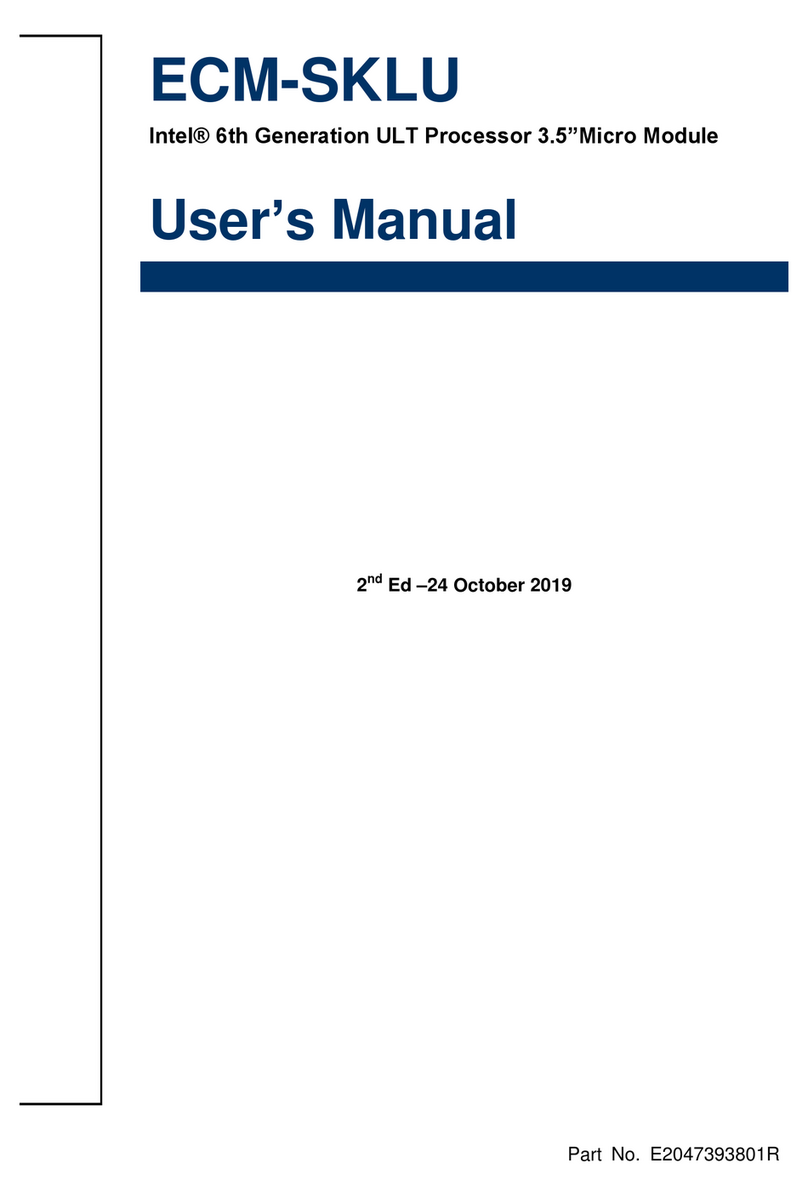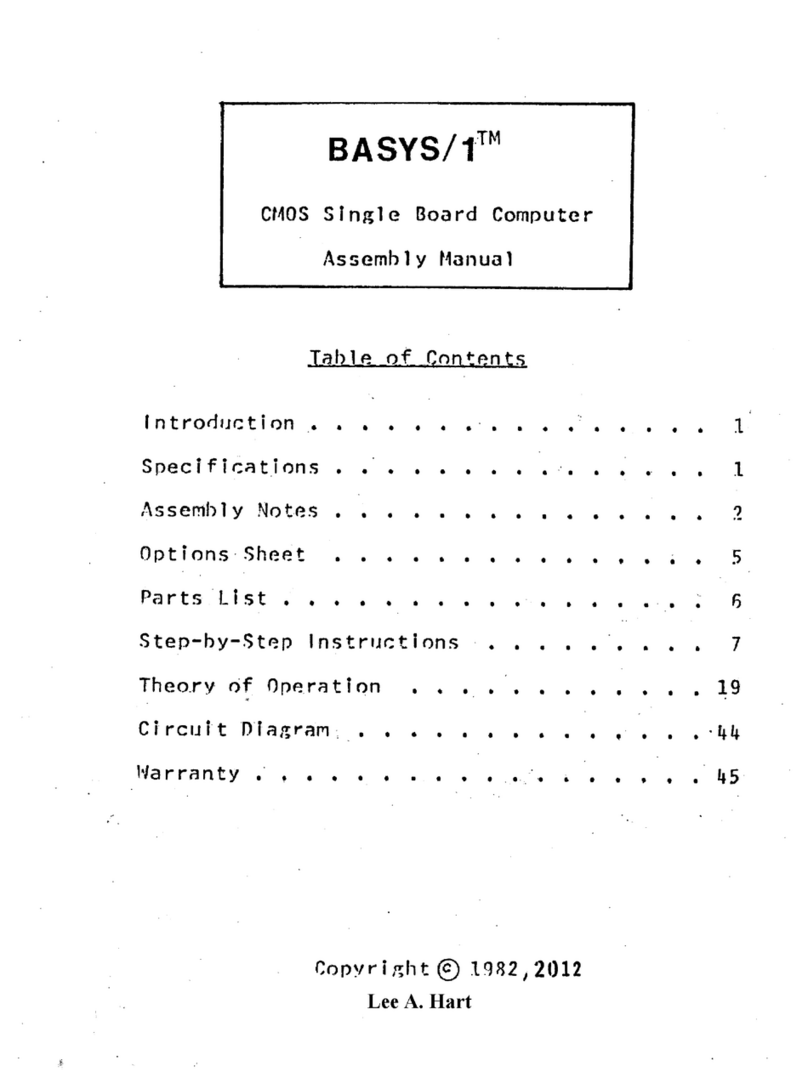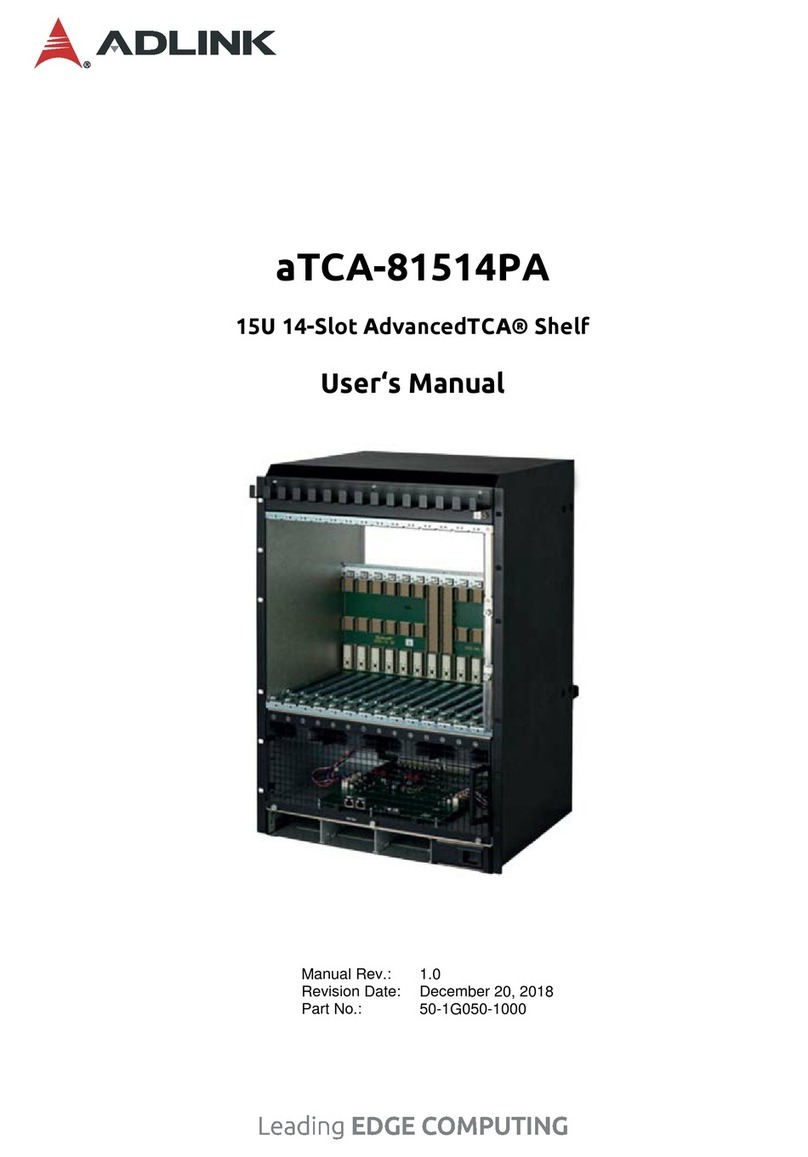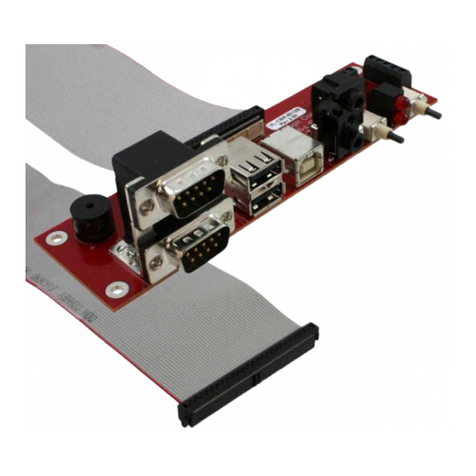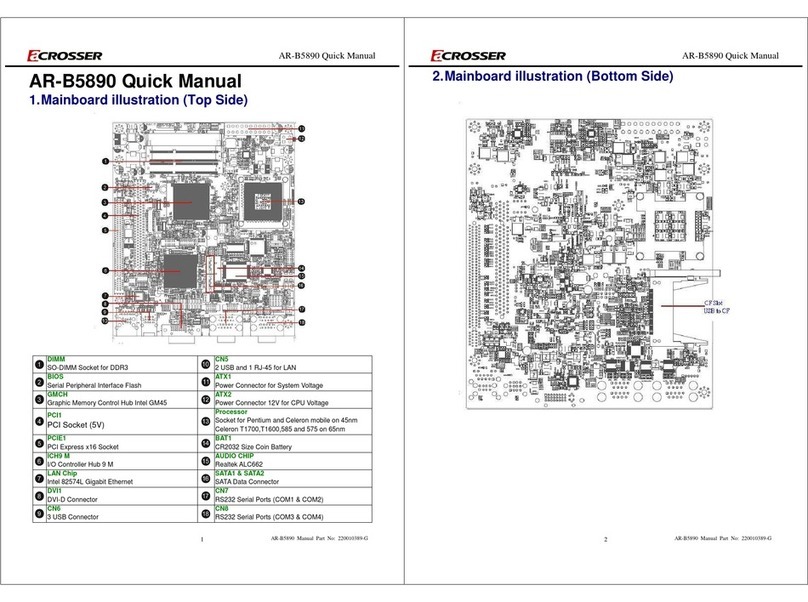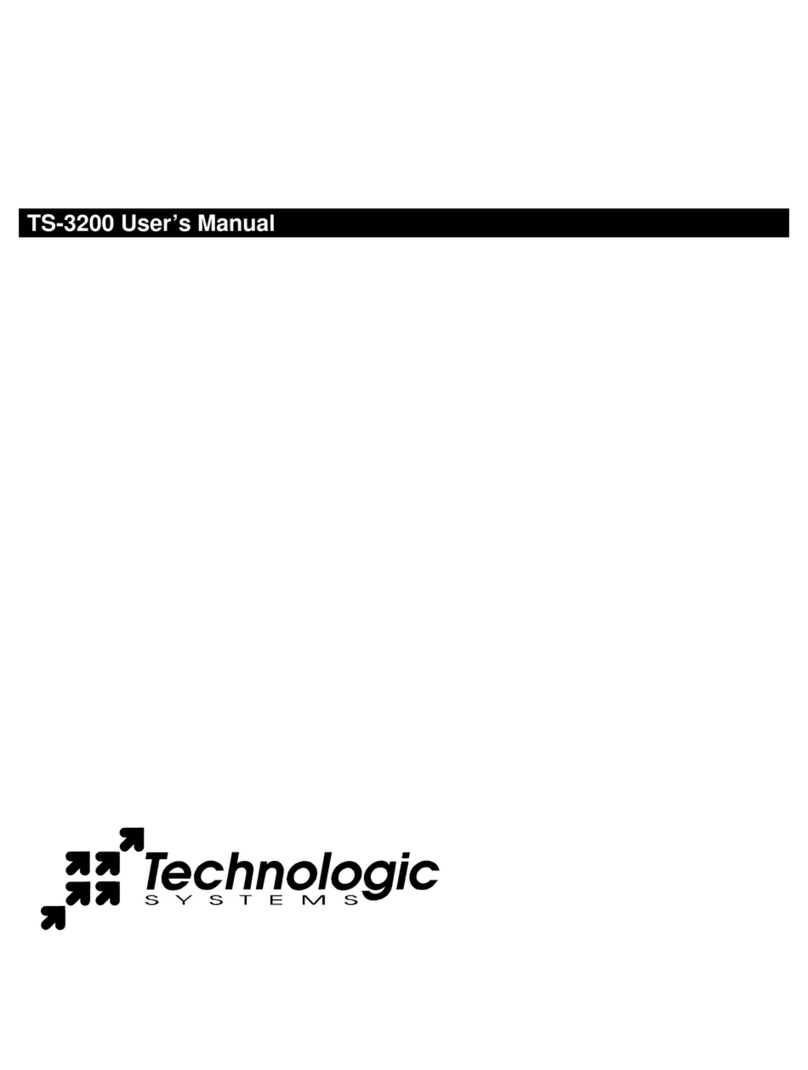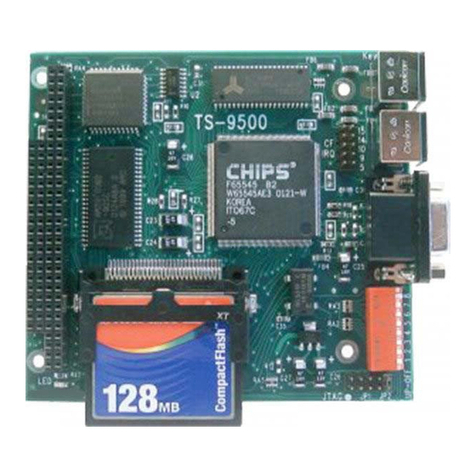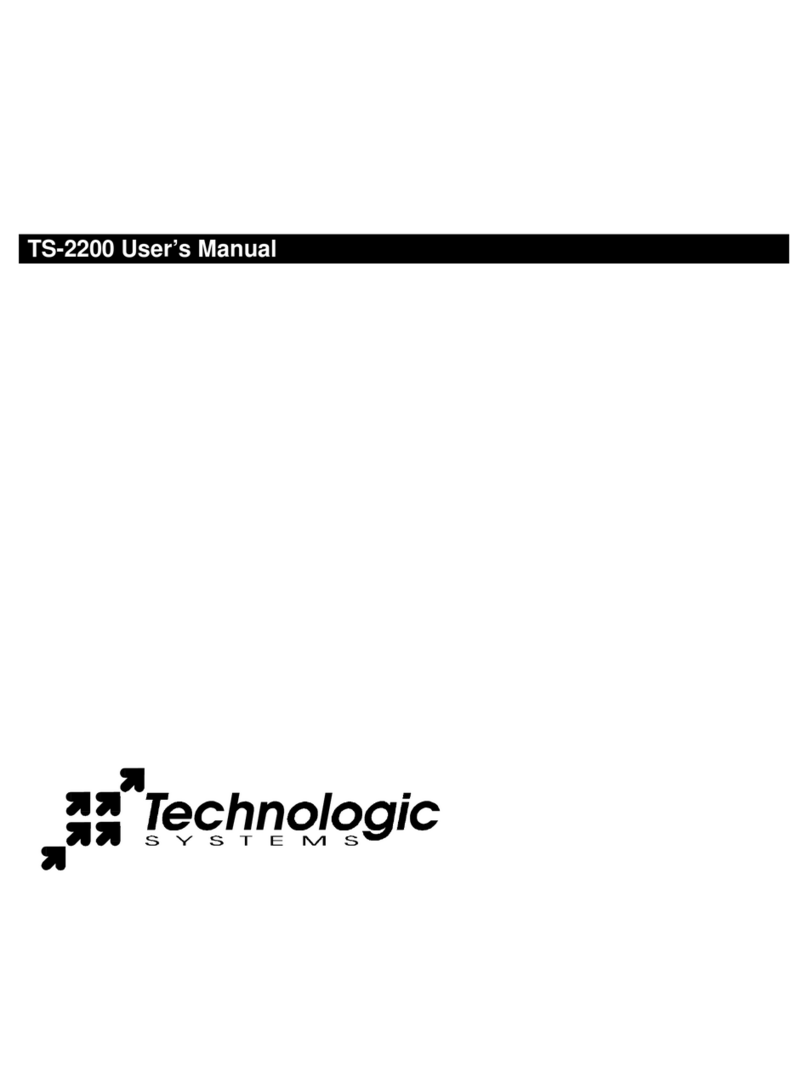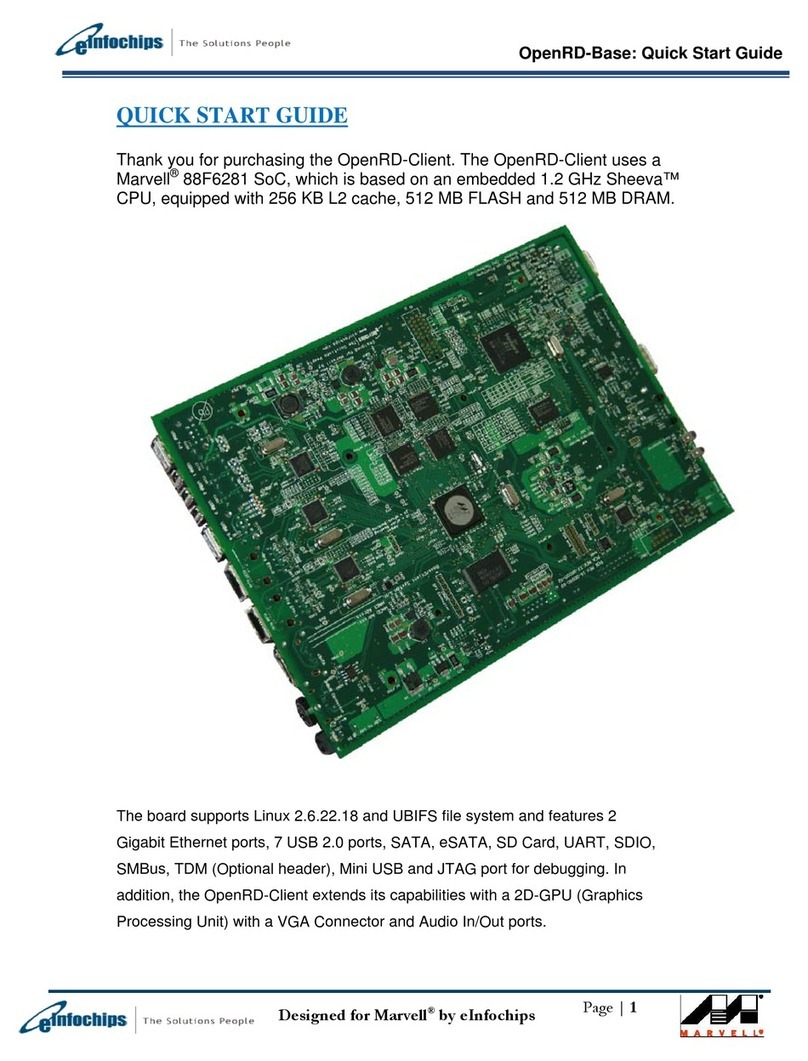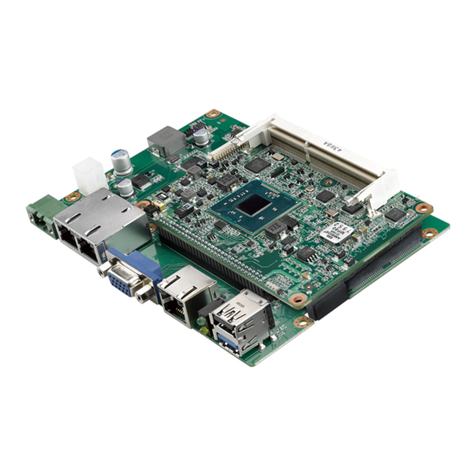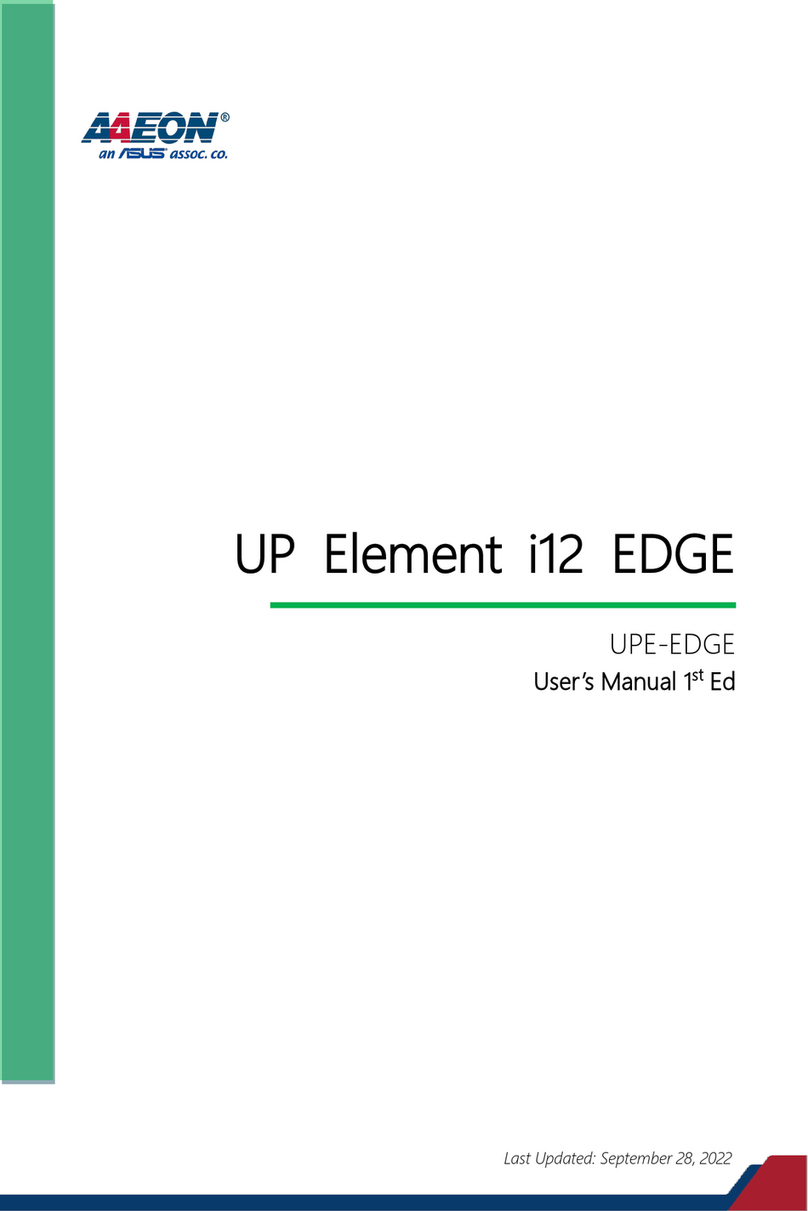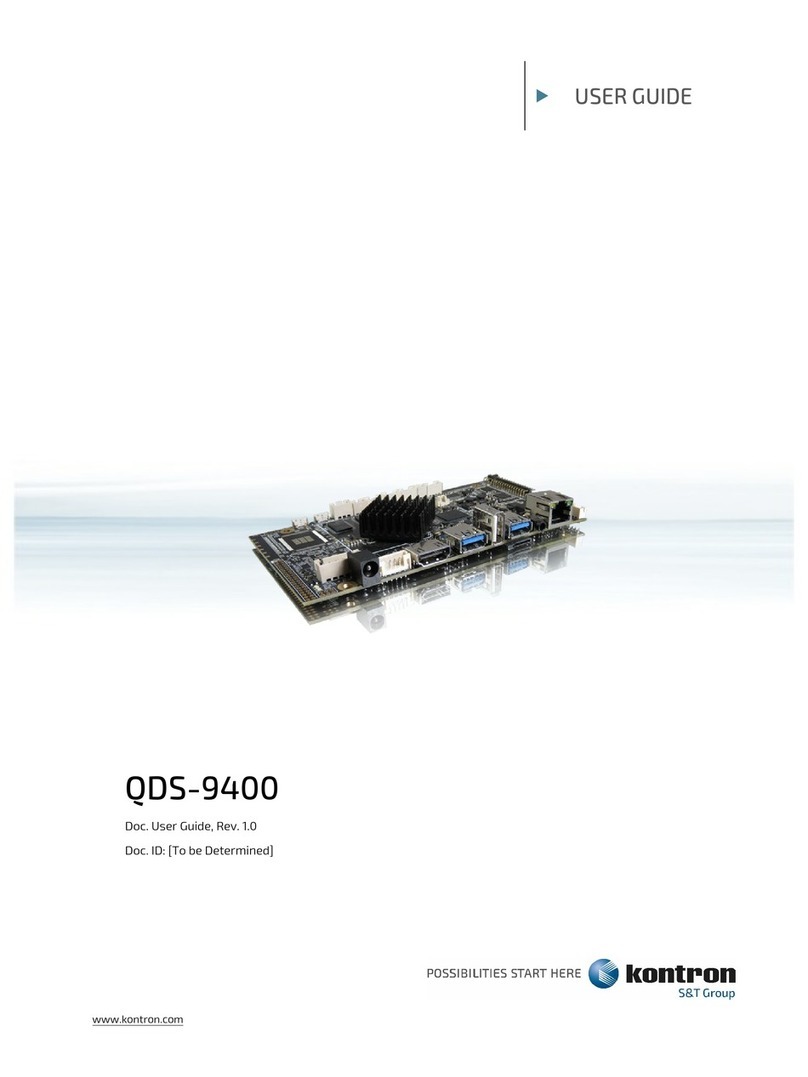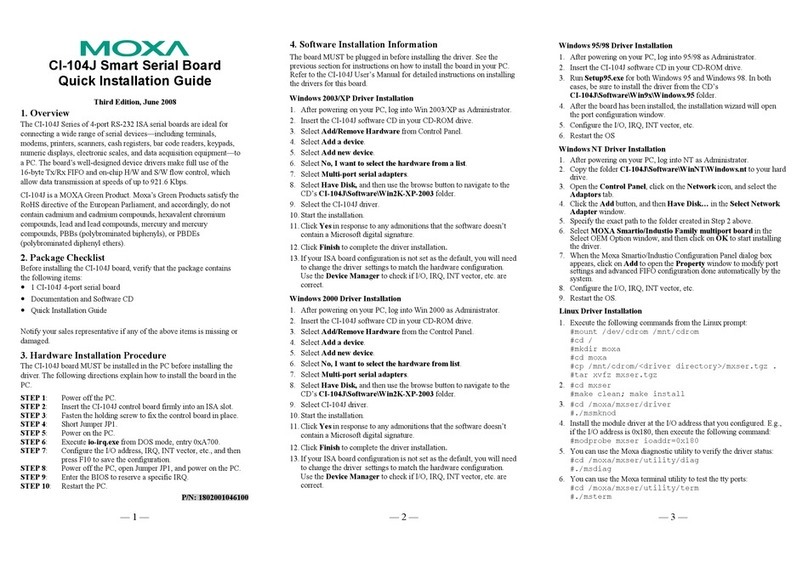
A Xilinx Programmable Logic Device (PLD) is used for all address decode and other
logic required to interface the PC/104 bus to the Maxim DS1321controller as well as the
2 Megabytes of RAM. This allows for a great amount of flexibility for adding any special
options that may be required in the future.
4. Maxim DS1321 Controller
The TS-NVRAM2 uses a Maxim DS1321 controller, which performs the function of
controlling whether the PC/104 5V power is used to power the SRAM chips, or whether
a 3V lithium battery is used. When input power falls below 4.25 volts, the DS1321 will
switch the SRAM chips over to using the lithium battery so that the memory chips always
see uninterrupted power. While input power is below 4.25 volts, all accesses to the
SRAM chips are inhibited. This prevents any data corruption during power failures.
In addition to battery-backup support, the DS1321 performs the important function of
monitoring the remaining capacity of the lithium battery and providing a warning before
the battery reaches end-of-life. Because the open-circuit voltage of a lithium backup
battery remains relatively constant over the majority of its life, accurate battery
monitoring requires loaded-battery voltage measurement. The DS1321 performs such
measurement by periodically comparing the voltage of the battery to an internal
precision reference with the battery loaded. The battery is loaded by switching on an
internal resistive load for a very short time interval during which the measurement is
made. If the battery voltage falls below the reference voltage under such conditions, the
battery will soon reach end-of-life. When the DS1321 sets its battery-warning pin, the
PLD will turn on the red LED. (Note: the red LED is powered by the main 5V power and
has no effect on battery life). The LED register will also indicate that the battery needs
replacing.
In most applications, the battery will never need replacing since the standby current for a
2MB SRAM bank is typically in the 2-4 microampere range. Using the 600 mA-hour
lithium battery (CR2450 coin cell), this results in a typical 15-30 year life span. But if the
unit is operated at high temperatures for its entire life, this will lower the battery life. For
example, if the TS-NVRAM2 board is operated at 70 degrees Celsius continuously, the
lithium battery is likely to fail after 3-4 years.
5. Registers
ID #1
7 6 5 4 3 2 1 0
ID_1
Address: Base + 0 (Read Only)
Definition: This register allows one to determine the board ID.
Bit Description: ID_1: Identification byte is hard coded to 0x77.
6















